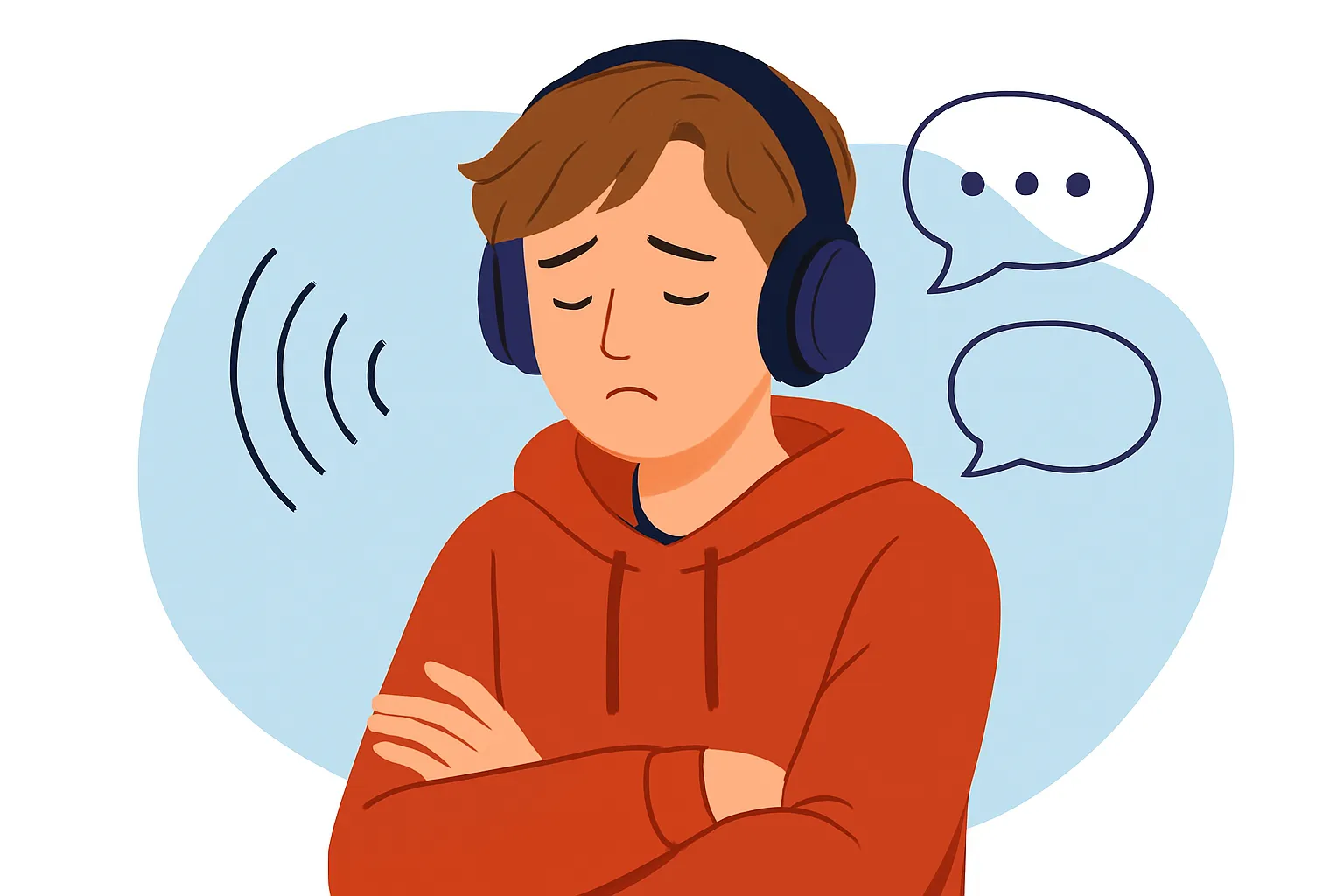
Autism Myths
While the exact cause of Autism is not fully understood, various contributing factors such as genetics, exposure to certain medications during pregnancy, birth complications, older paternal age (>40) and other neurodevelopmental disorders may increase the risk of developing Autism.
Don’t be Fooled by Fake Quizzes
We understand your frustration. The internet is full of oversimplified tests and misleading information about Autism Spectrum Disorder (ASD), making it hard to know what’s accurate or trustworthy. Many online quizzes rely on stereotypes or vague symptoms, which can create confusion, unnecessary stress, or delay meaningful support.
We believe everyone deserves access to accurate, professional guidance when exploring their mental health. That’s why our comprehensive Autism pre-assessment tool is based on the DSM-5.
Real Autism Symptoms
Symptoms of autism can vary widely among individuals, and they may present differently depending on their age and developmental stage. Below are some common symptoms of autism that you may have experienced which has triggered you to seek more information.
Social Challenges
Do you find it hard to pick up on social cues, like facial expressions or body language? Do you have trouble making and keeping friends? Is it tough to join in conversations or know the right things to say?
Communication Difficulties
Have you had trouble with speech or language development, like not talking by age 2, having a small vocabulary, or speaking in unusual ways (like repeating what others say)? Do you find it hard to get jokes, sarcasm, or non-literal language? Do you struggle to start or keep conversations going?
Repetitive Behaviours and Restricted Interests
Do you often do the same movements over and over again, like flapping your hands, rocking, or spinning? Do you get upset if your routines or surroundings change, and you prefer things to stay the same? Do you get really into certain topics or activities and focus on them a lot, sometimes ignoring everything else?
Sensory Sensitivities
Do you often feel like certain things bother you like bright lights, loud noises, rough textures, or strong smells? Or maybe you don’t react much to these things at all? Do you sometimes get really overwhelmed by all the things you sense, to the point where you might shut down or have a meltdown? And do you find yourself doing repetitive movements or actions, like flapping your hands, pacing, humming, or throat-clearing, to help you feel better?
Other Associated Symptoms
Challenges with motor coordination, balance and hyperflexibility (Ehlers Danlos Syndrome).
Sleep difficulties, such as insomnia or irregular sleep patterns.
Anxiety, depression, or other mental health conditions.
It’s important to note that each individual with autism is unique, and not everyone will exhibit all of these symptoms.
Symptoms may vary in severity and can change over time. Early identification and intervention can significantly improve outcomes for individuals with autism.
Diagnosing Autism
To diagnose Autism Spectrum Disorder (ASD), practitioners in Western Medicine commonly refer to the criteria outlined in the Diagnostic and Statistical Manual of Mental Disorders (DSM). This manual serves as a standardised guide for identifying and diagnosing various mental disorders, including ASD.
According to the DSM-V, there are three primary criteria that must be met for a diagnosis of Autism Spectrum Disorder including:
If an individual meets all three criteria for an Autism Spectrum Diagnosis, they are assigned a severity rating based on the level of support they require:
*The DSM-5 (Diagnostic and Statistical Manual of Mental Disorders) is the gold standard used by Psychologists and Psychiatrists to diagnose mental health conditions. Created by the American Psychiatric Association, it’s a globally recognised guide that outlines the criteria for conditions like ADHD, Autism, and Bipolar Disorder and more. The most recent edition, the DSM-5-TR, was released in 2022.
DSM-5-TR offers detailed descriptions of various mental disorders, including their symptoms, prevalence, course, and associated features. It serves as a crucial reference for clinicians, researchers, educators, and policymakers in the field of mental health.
This manual helps clinicians accurately identify and diagnose mental health conditions, guiding treatment planning and interventions. It also facilitates communication among professionals by providing a common language and framework for understanding and discussing mental health disorders.
DSM-5-TR is periodically updated to reflect advancements in scientific understanding, changes in diagnostic criteria, and emerging trends in mental health research. It plays a vital role in shaping clinical practice, research initiatives, and public health policies related to mental health and psychiatric disorders.
